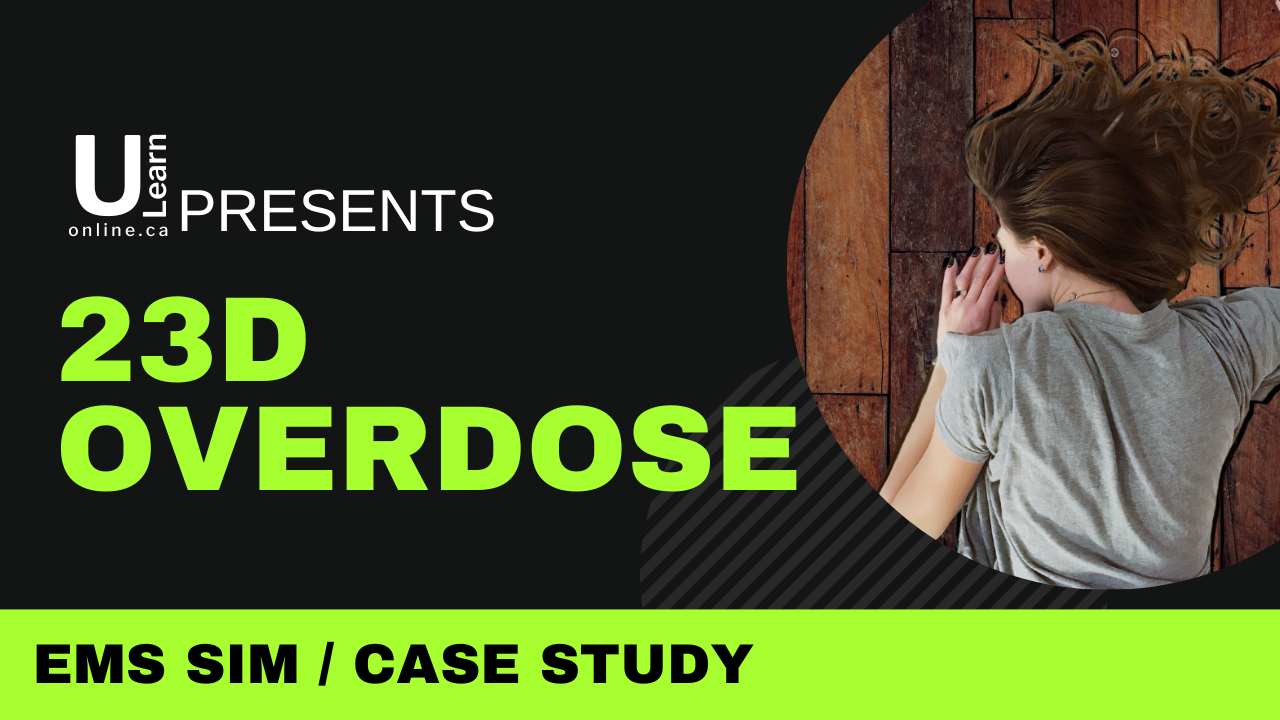
The practitioner will work through an online simulated trauma patient in this course. Within the sim, they will be faced with a decision point to select the correct course of action. The correct selection will lead them through the sim; the incorrect selection will loop them back to the decision point with an explanation of why it may not be the best choice. Throughout this course, there are formative evaluations (decision points), videos, and interactions with the “host” to guide the practitioner through the sim to the final summative evaluation.

Currenting waiting for continuing education approval .
How the sim/case study works
This course comprises two simulation/case studies for you to engage with. Following each simulation, there is a video debrief, along with a webpages encompassing all educational components from the simulation in case you missed any. Additionally, there are activities and knowledge checks to solidify your understanding of the material covered in the simulation.
Towards the conclusion of each simulation, there is a final assessment, requiring a minimum score of 80% for successful completion. Upon successfully finishing both the simulation and the final assessment, you will be granted a certificate.
Instructions and Length
The Sims are designed to go through more than once. Ideally, it would help if you did each sim four times.
- The first time, try to make all the best choices to get to the sim’s end.
- The second time, go through and try to find all the educational moments
- Go through the sim, and don’t be afraid to explore all the choices.
- Go through the sim as fast as you can
- Go through the e-book and complete all knowledge checks/activities.
- Total course time up to 3 hours if all education components are completed.
Total course time up to 3 hours if all education components are completed.
Chicago EMT Training
Connecting Mechanism of Injury (MOI) to Index of Suspicion
Connecting Mechanism of Injury (MOI) to Index of Suspicion. (2020, December 27). [Video]. YouTube. https://www.youtube.com/watch?v=u04wo0cFUBQ&t=1s 3:49
GCS
Glasgow Coma Scale made easy
Glasgow Coma Scale made easy. (2019, August 19). [Video]. YouTube. https://www.youtube.com/watch?v=h2SIN7Mn0YA
https://www.youtube.com/watch?v=h2SIN7Mn0YA 5:33
Patient assessment links
CHEMM website
Primary Survey and Secondary Survey
Primary, Secondary Survey – CHEMM. (n.d.). CHEMM. https://chemm.nlm.nih.gov/appendix8.htm
Uptodate.com Web site
Initial management of trauma in adults
Raja, A. (2020, October 13). Initial management of trauma in adults. UpToDate. https://www.uptodate.com/contents/initial-management-of-trauma-in-adults
EMS University
Baseline Vital Signs for the EMT Lecture
Baseline Vital Signs for the EMT Lecture. (2014, March 6). [Video]. YouTube. https://www.youtube.com/watch?v=uVl7n2XqRM8
https://www.youtube.com/watch?v=uVl7n2XqRM8 35 min
Blocking Procedures
Blocking Procedures. (2014, March 8). [Video]. YouTube. https://www.youtube.com/watch?v=Mu5wUlmo1Ow
https://www.youtube.com/watch?v=Mu5wUlmo1Ow 15:02
Reference

